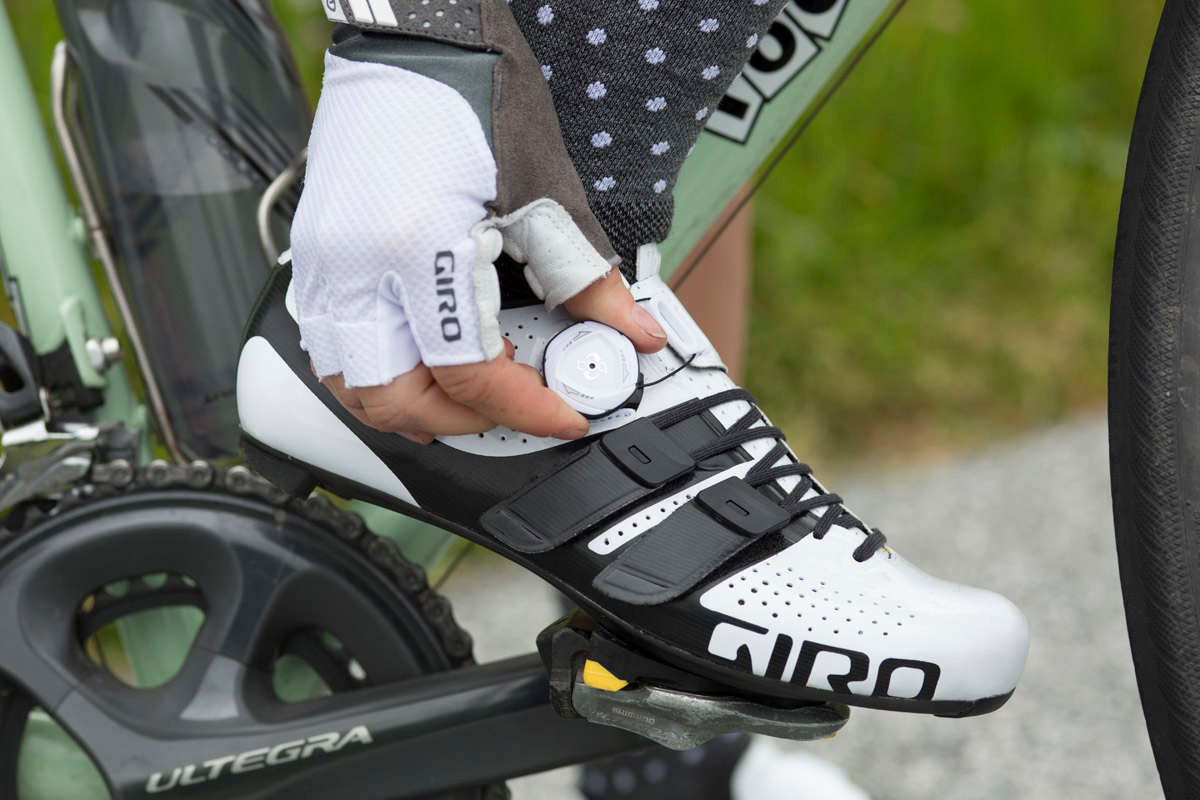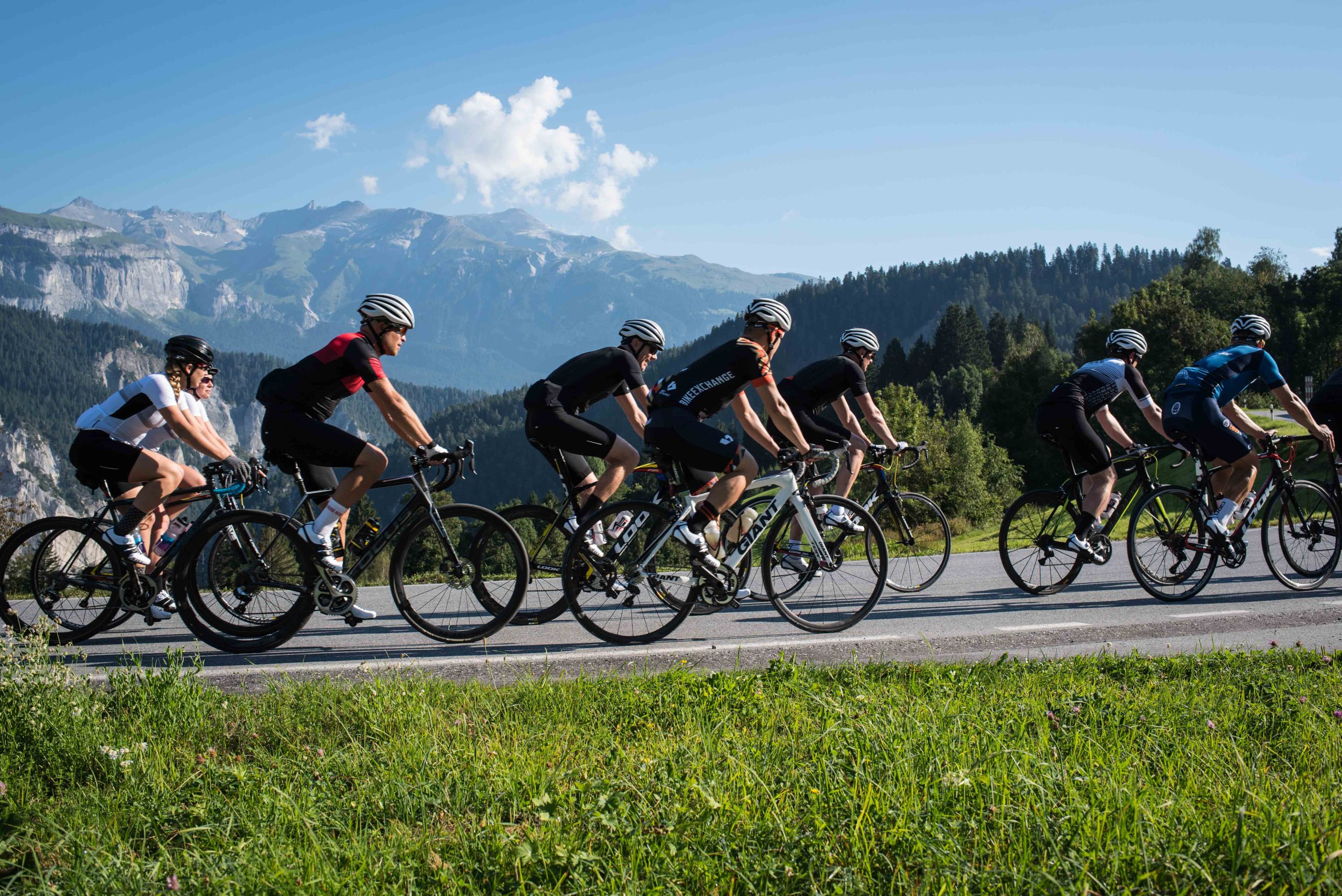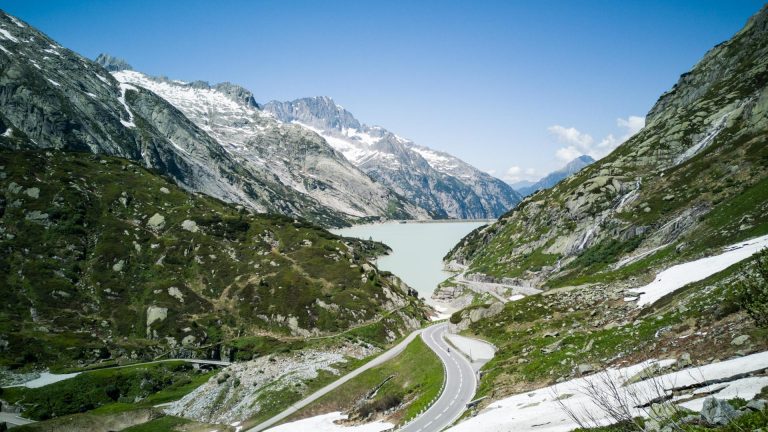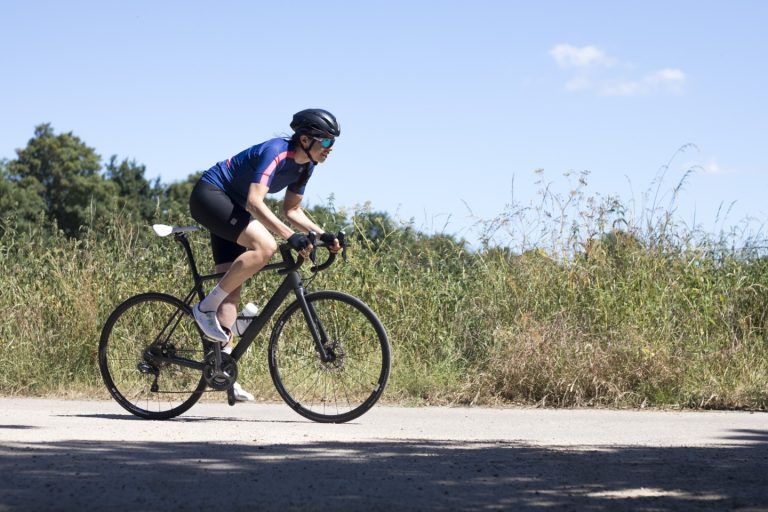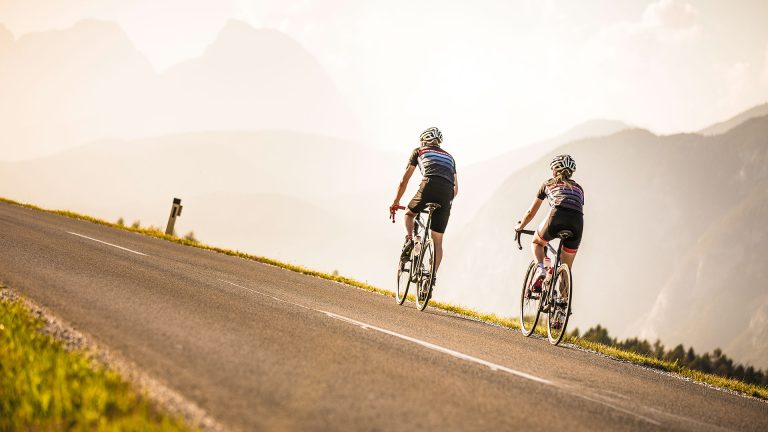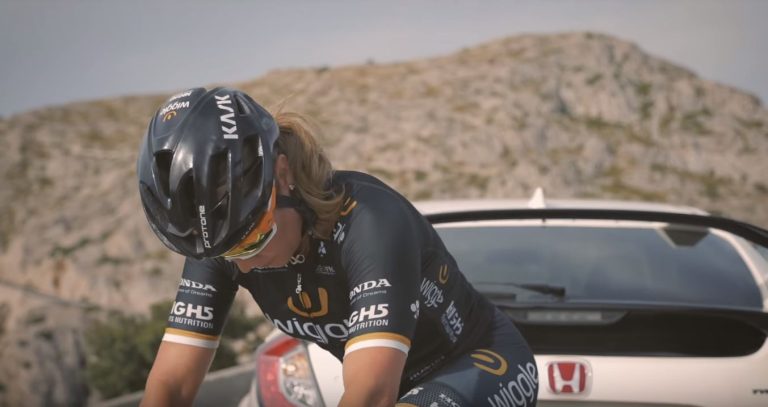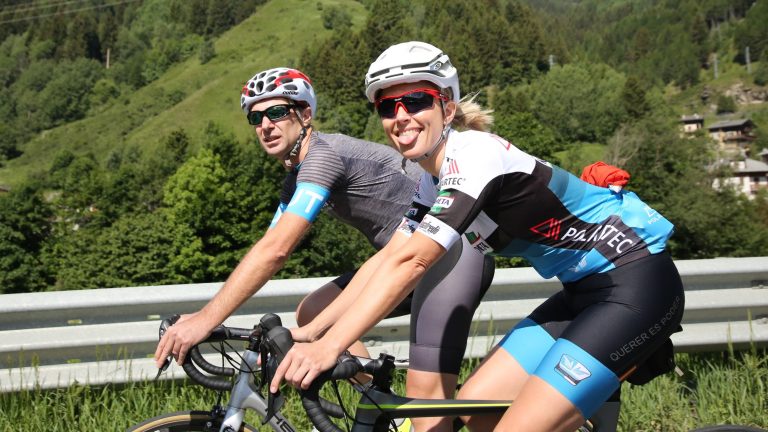Giro have been one of our favourite clothing and accessory brands for a while – and today they announced the launch of their brand new shoe: the Factress Techlace.
Why we put Giro clothing, shoes and helmets in the TWC20 best brands for women
Read our first thoughts on the Giro Empire
You may – or may not – have noticed that I’m a pretty big fan of Giro’s Empire cycling shoes, they’ve earnt a spot in a lot of bike and clothing reviews, by virtue of the fact that I choose to wear them all the time. The primary reasons are that the laces allow me to fit them perfectly to my feet, and the soles also offer just the right level of stiffness so that they provide excellent power transfer, without resulting in discomfort and fatigue on bumpy roads. There are a few drawbacks, though: the laces take a little while to tie up (not ideal when riding track sessions at indoor velodromes where they have to be removed every time you leave the track centre) – and though Giro promise the style of the laces means they adjust as your feet swell and shrink, you can’t adjust them as you ride. Also, I don’t like black shoes.
All this considered – I was pretty chuffed when Giro invited me out to ride with them in Switzerland – to test out their new design: the Factress Techlace. This is a brand new pair of shoes, and Giro’s first foray into the ever popular Boa, but incorporating laces as well. The Factress Techlace is designed to offer all the customisation of laces at the front of the foot, with the adjustability of Velcro and a Boa. And they’re available for women in my favourite shoe colour: white. For those who don’t want to spend £289 on cycling shoes, there’s also the Raes Techlace which cuts a couple of corners to keep the price down.
Describing the motivation behind creating the shoe, Giro’s Senior Product Marketing Manager Simon Fisher told us: “This will be the first year that we have Boa on our shoes, or any dial. We still believe in laces – they’re more aerodynamic, lighter weight – and you get more points of contact. Our woven laces provide ‘spring tension’ – the lace adapts as your feet swell and shrink – we put a lot of research into lace types and without that you wouldn’t be able to get away with not having adjustment as you ride.” He added that though the shoes have received excellent feedback and reviews, journalists and customers were still asking for one thing: adjustability “on the fly.”
Fisher explained: “We knew consumers were asking for dials and we wanted to listen to them. We didn’t want to create something for the sake of it – we really wanted to do something new, something innovative, and something we could protect. The Techlace is pending patent. The market responds pretty fast, if you don’t have something patented, it’ll quickly appear elsewhere.” We assume he’s referring to the way laces have appeared everywhere since Giro re-introduced them in 2012.


